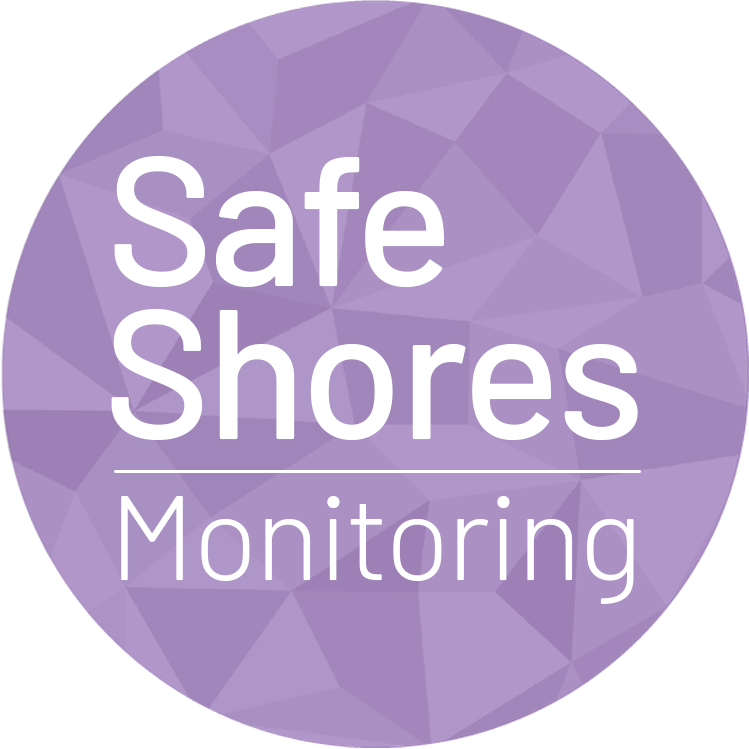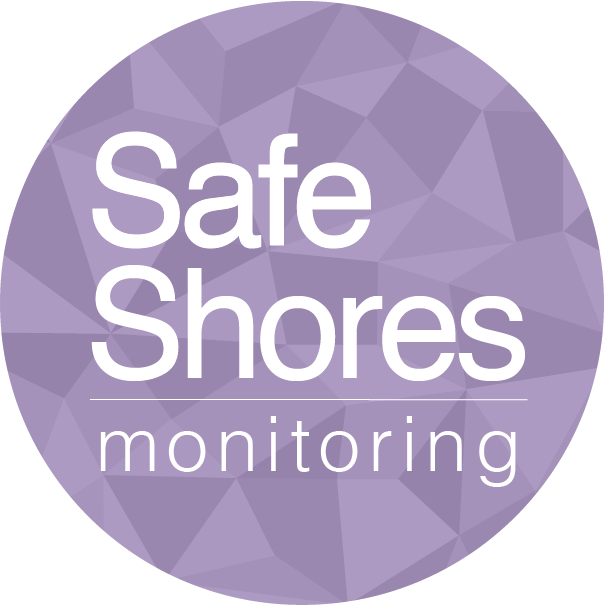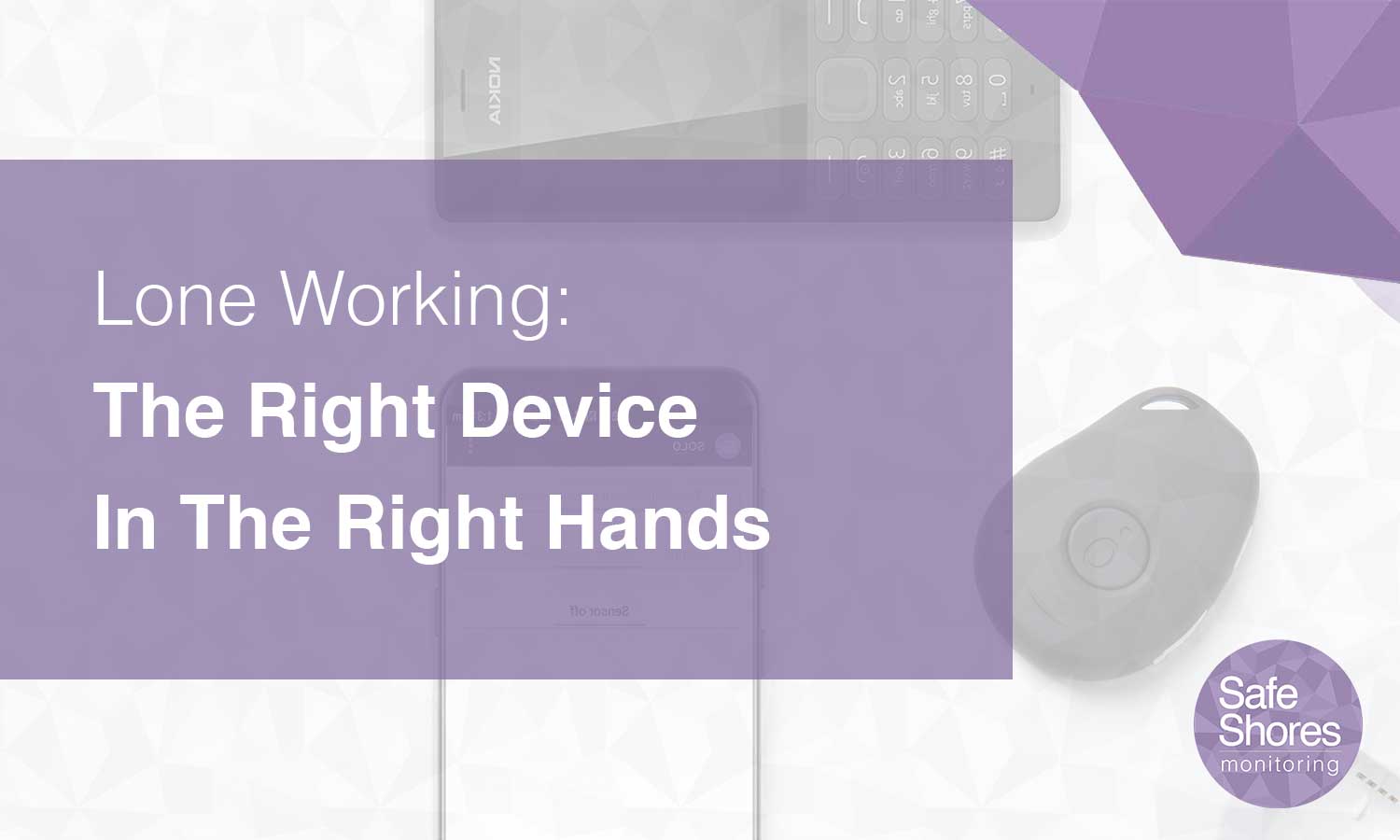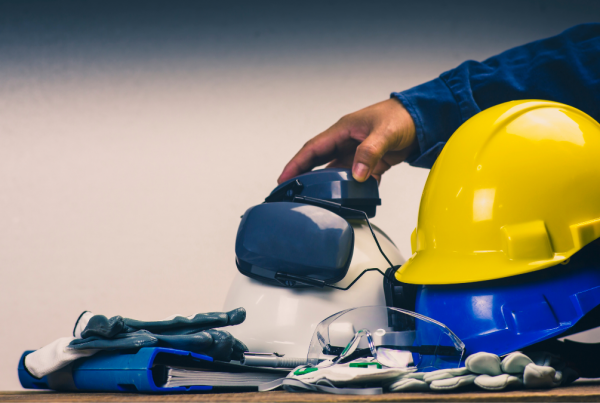Lone worker protection through our services, apps and devices.
Each business is unique and so when it comes to lone worker protection, different solutions are needed to fit your business.
If you wanted to dig a hole, you wouldn’t use a hammer.
If you were to hang a picture, you wouldn’t use a colander.
And if you’re working in a remote, isolated, location you wouldn’t use a toy phone to call for help.
But the reality is, that when some lone workers venture into the unknown each day they are ill-equipped to face their daily challenges and as ridiculous as it may sounds – they may as well be equipped with a child’s phone for the good that it will do.
When you’re working alone, it’s imperative that the lone worker protection is put in place to protect you not only ticks a few boxes but ensures your safety and well being.
What does that mean, I hear you ask?
Having been a member of the lone worker industry for the last 20 years, we have seen a number of devices come and go. As with any industry, there are trends. Some of these trends have appeared innovative at the time but proven to be style over substance. Others have ticked the boxes but failed because they did not offer the comfort and reassurance which lone workers deserve.
The biggest challenge to any organisation choosing a device for their lone worker is understanding which device is suitable and which is not.
The first thing we ask anyone considering lone worker protection is to undertake a risk assessment. Doing so allows all parties to understand what their lone worker requires. For example, we always address the issue of location – where are they, are they in an area with 3G or 4G, are the locations they frequent easily accessible and is there a higher risk of falling?
That’s just location. Other questions to consider are: Who are they in direct contact with? Are there criminal elements nearby? Do they deal with those under the influence of drugs or alcohol?
The answer to these questions should directly impact what device is used by which worker.
Once we have gone through our risk assessment and understand the needs of the lone worker, we then tailor our proposal.
As part of our comprehensive lone worker protection we offer four packages:
Essential – use a standard mobile device.
Essential Plus – an equality act compliant service which also uses a standard mobile device.
Companion App – Available on Android and Apple smartphones
Chaperone GPS Device – A purpose built device that is water, dust, and fall-proof.
Although this may seem like a simple commercial approach to selling lone worker solutions, there is actually sophisticated logic behind our reasoning.
Lone workers who work in an environment with little to no risk of attack, travel to and from busy city locations with signal strength and deal with placid clients that are sober, require a more basic service where they can inform their employers when they are starting and finishing an activity, and have the ability to raise a discreet alarm if the worst were to happen.
Those at greater risk and working in locations with acceptable 3G and 4G coverage, who may be at risk of falls and require a more discreet SOS would be recommended the SOLO: App. Our state of the art Android and Apple application transforms your lock button into an alarm button and uses both GPS and wifi signals to locate their whereabouts. Using the rotation setting inside the device we can detect if a lone worker is inactive or fallen.
Some Lone Workers work further afield than others. Their role may involve arduous agricultural tasks, delivering valuable goods or provide care in remote locations. In these areas, a strong signal may come and go. It is for this reason that we recommend our SOLO: Device. This device comes with a roaming sim, which allows the device to connect to the nearest working GPS signal increase the opportunity for connectivity.
Our Chaperone Device is ruggedized to IP67 standards meaning it’s water and dust proof. Its large SOS button makes calling for help more accessible and comes with a built-in fall detection sensor.
Each lone worker is different. Their roles may be more complicated or simple than others, and the device they use should reflect that.
If you would like to know more about our lone worker protection services, apps or devices on offer or undergo a free risk assessment, then click the links below or contact a member of our team.




